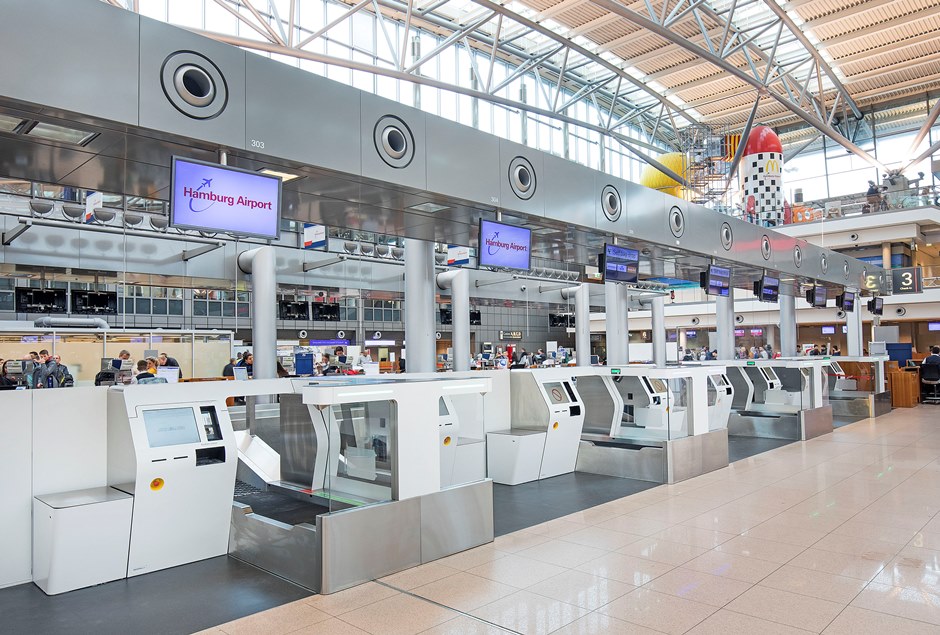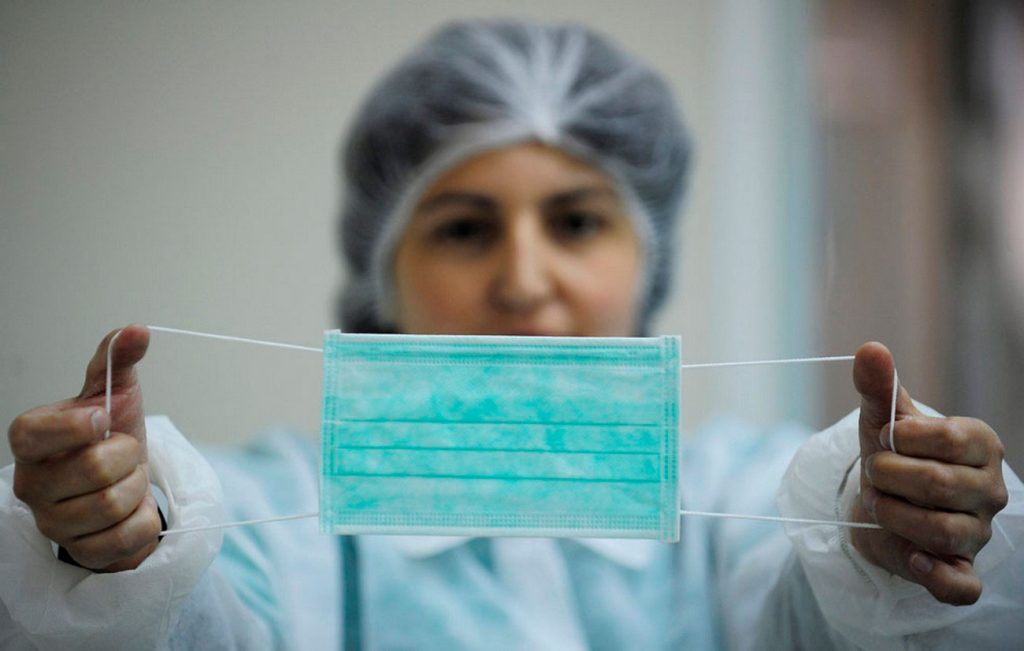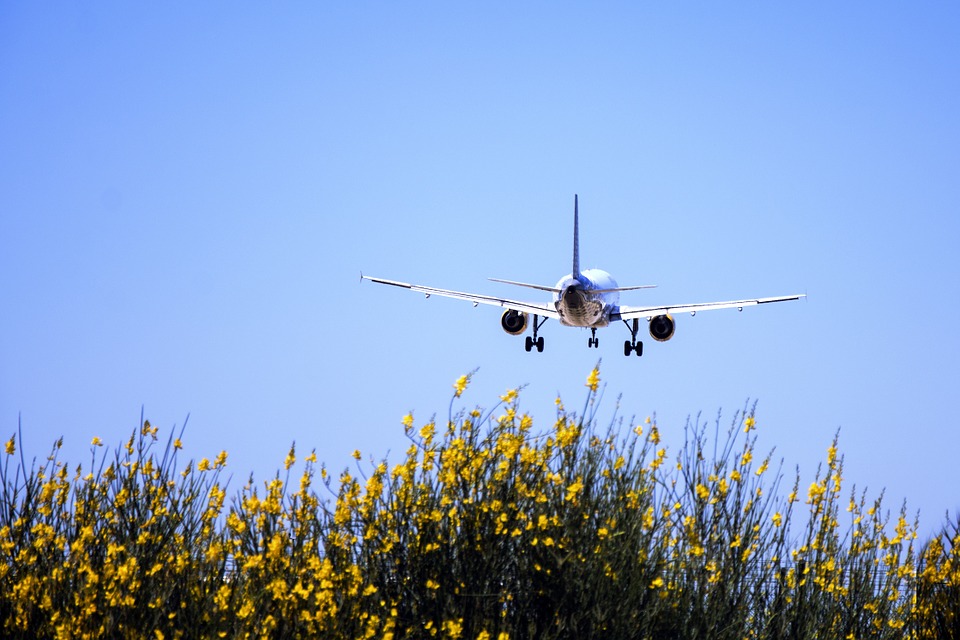Hamburg Airport has launched the next generation of airport. With the new, fully automated baggage drop, passengers will benefit from even more independence and flexibility at departure. The aim is to bring passengers to the plane without time-consuming processes. Since the start of November 2017, ten “self bag drop” kiosks have been in operation in Terminal 1. They were officially launched today. Four stations have also been installed for automated check-in. The kiosks, developed and manufactured by Materna GmbH in Dortmund, are technically equipped to provide services for all airlines. They “self bag drop” procedure is currently being used by Air France, KLM and easyJet. Other airlines will be added over time.

User-friendly and secure — with Scandinavian design
User-friendly and with the maximum possible comfort for passengers and airlines whilst fulfilling the highest security standards: these were the most important technical requirements imposed on the manufacturer. The design of the complete system fits well in the architecture and atmosphere of the terminals.
Hamburg Airport’s pioneering role
Hamburg Airport has taken a pioneering role in the deployment of self-service systems in Germany. The first “self bag drop” kiosks were introduced here three years ago. The new solution, however, adds features such as baggage classification. “The kiosks immediately detect items that shouldn’t be conveyed using the automated baggage transportation system,” explains Reinhard Augustin, Sales Director at Materna. “The passenger is then informed via the display that the item is to be checked as oversized baggage. This applies, for example, to folded strollers and prams, as well as to trekking backpacks with dangling shoulder straps that could block the conveyor system.” Checked items are automatically photographed. “In the event of damage or loss, for example, this makes it easier for the passenger to prove that the baggage was in good condition when it was checked in,” continues Reinhard Augustin. A further advantage for passengers is the larger number of kiosks available. In the past, for example, an easyJet passenger could only drop baggage at one kiosk, but now the whole ten are available.
The “self bag drop” system is based on the international CUSS standard (Common Use Self-Service). This allows airlines to deploy their own applications on self bag drop equipment around the world without having to redevelop or adapt each time.
Simple user guide
The user guide for “self bag drop” is simple: First, the user selects the airline on the screen and then scans the boarding pass. The next step is to answer security questions about the contents of the baggage. The baggage is then placed in the marked area on the conveyor, where it is automatically measured and weighed. The kiosk then prints the baggage tag with the barcode to be affixed to the baggage. This just needs to be confirmed on the screen, and the baggage receipt is issued.
Baggage cannot be transported onward on the conveyor belt until it is correctly labelled. A scanner identifies errors or misuse of the kiosk immediately. The glass doors only open when an item of baggage has been identified as safe. The equipment can thus be used by different airlines.
A relaxed start to the journey
“Reduced waiting times and shorter walking distances — for our passengers, that means more time to relax before the journey. Passengers no longer have to wait for the check-in counters to open. They can experience the airport as the positive starting point for the entire travel chain. They have more time to stroll and to enjoy the atmosphere,” underlines Johannes Scharnberg of Hamburg Airport. “But the airlines also benefit from our extended services, which enable them to offer a more relaxed service to their customers.”




